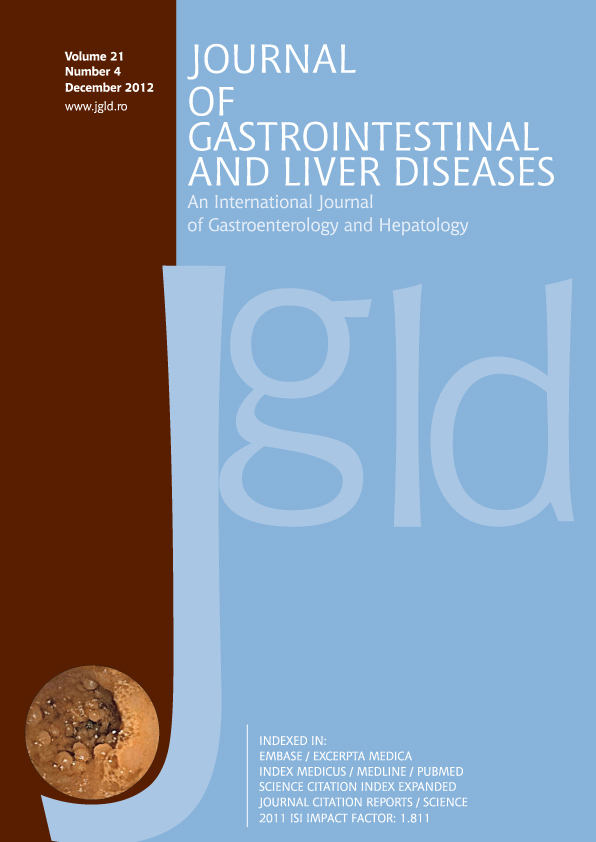Acoustic Radiation Force Impulse Imaging for Evaluation of Antiviral treatment Response in Chronic hepatitis C
Keywords:
ARFI, liver stiffness, sustained virologic response, non-response, relapse, elastographyAbstract
Background & Aims: Antiviral therapy can stop progression of liver fibrosis and partially reverse it. Non-invasive methods have shown good diagnostic accuracies for the assessment of liver fibrosis. First studies have shown that transient elastography (TE) can be used to monitor fibrosis after antiviral therapy. Acoustic-Radiation-Force-Impulse (ARFI)-Imaging is an elastography method integrated in a conventional ultrasound machine. The aim of the present study was to demonstrate a significant difference of ARFI-values in patients with sustained-virological-response (SVR) as compared to patients without.
Method: Ninety-eight patients infected with chronic hepatitis C virus (HCV) who had completed antiviral treatment were prospectively included in the study and received ARFI-imaging, TE and laboratory evaluation.
Results: Significantly lower ARFI and TE values were observed for 47 patients with SVR as compared to 51 patients without SVR (1.37m/s vs. 2.00, p=0.0021; 4.9 kPa vs. 11.1 kPa, p<0.001), respectively.
Conclusions: Liver stiffness values and shear wave velocity using ultrasound-based elastography methods are different in patients with SVR as compared to patients without SVR after antiviral therapy for chronic hepatitis C. However, the causes of this difference (fibrosis regression, cytolysis, baseline fibrosis) remain unclear and require further evaluation in future studies.


